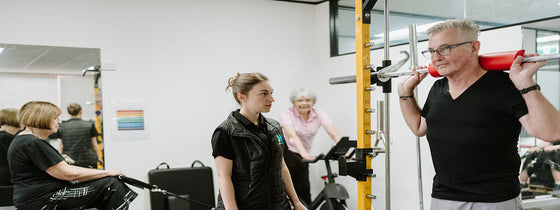Dry needling is a modern therapeutic technique used by physiotherapists to treat musculoskeletal pain and dysfunction. It involves inserting thin, filiform needles into specific points in the body, known as trigger points, to alleviate pain and improve muscle function. While it shares some similarities with acupuncture, dry needling is distinct in its origins, philosophy, and application.
Modes of Action
Dry needling works through several mechanisms:
Benefits of Dry Needling
Dry needling offers several benefits for patients with musculoskeletal issues:
Dry Needling as an Adjunct to Exercise Therapy
Dry needling is often used as an adjunct to exercise therapy, enhancing the overall effectiveness of rehabilitation programs. When combined with exercise, dry needling can help reduce pain and muscle tension, making it easier for patients to engage in and benefit from therapeutic exercises. This combination has been shown to improve outcomes in conditions such as knee osteoarthritis and lumbar spinal stenosis, where the integration of dry needling with manual therapy and exercise leads to greater improvements in pain, function, and disability compared to exercise alone. By addressing both the neuromuscular and biomechanical aspects of musculoskeletal conditions, this integrated approach facilitates a more comprehensive and effective treatment plan.
Differences Between Dry Needling and Acupuncture
While both dry needling and acupuncture involve the use of needles, they differ significantly in their origins, philosophies, and techniques:
Dry needling can be powerful technique for managing musculoskeletal pain and dysfunction, the team at the Optimal Health Lab are all skilled in performing dry needling and can give you advice on whether this treatment may be helpful to you! Book today with an OHL Physiotherapy who offers dry-needling via 9431 5955 or you can book online via our website 24/7.

OHL is integrating a new athletic screening assessment into its practice to further enhance our community's sporting ability. This screening assessment combines range of motion, strength profiling, force deck analysis, and subjective training status to give athletes a comprehensive performance snapshot. By establishing a baseline and identifying key areas for improvement, we can tailor your training to enhance performance, provide insight on key metrics, and stay resilient throughout the season. Whether you're preparing for preseason, managing midseason demands, or simply aiming to train smarter, this assessment delivers the data-driven insights you need.

If you're experiencing back or neck pain with neurological signs and symptoms, a thorough neurological examination is crucial for accurate assessment and effective treatment. In this Optimal Tip learn more about what we mean by completing a neurological exam!

Squats, deadlifts, and calf raises are key movement patterns that should be part of every strength and conditioning program—regardless of age and activity level. These functional movements support joint health, improve posture and balance, and reduce the risk of injury while building strength where it matters most.